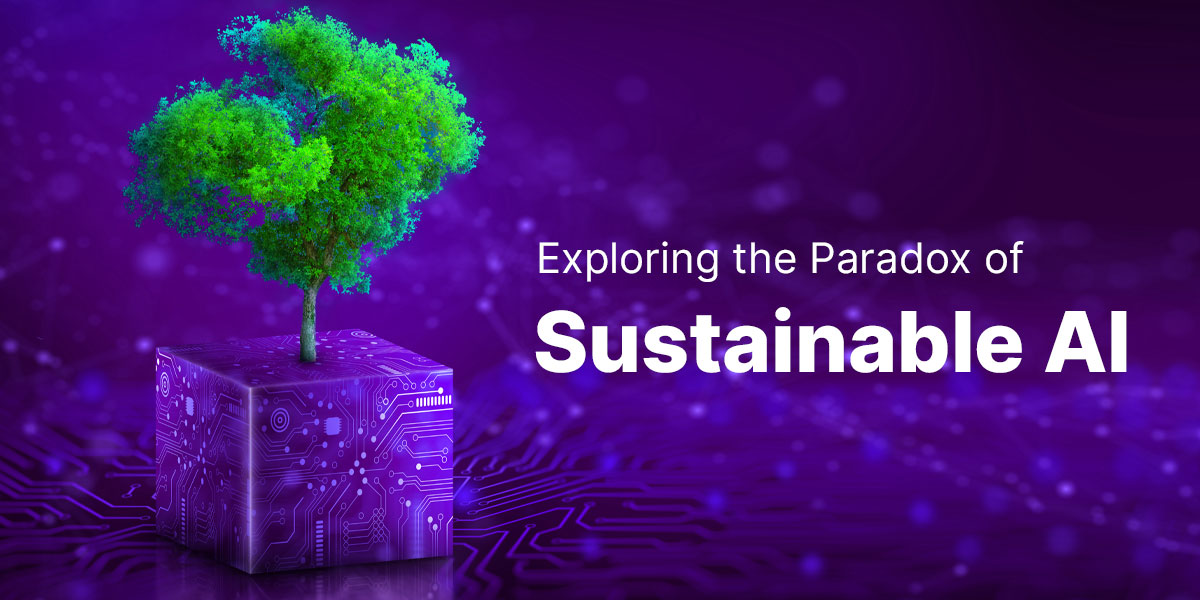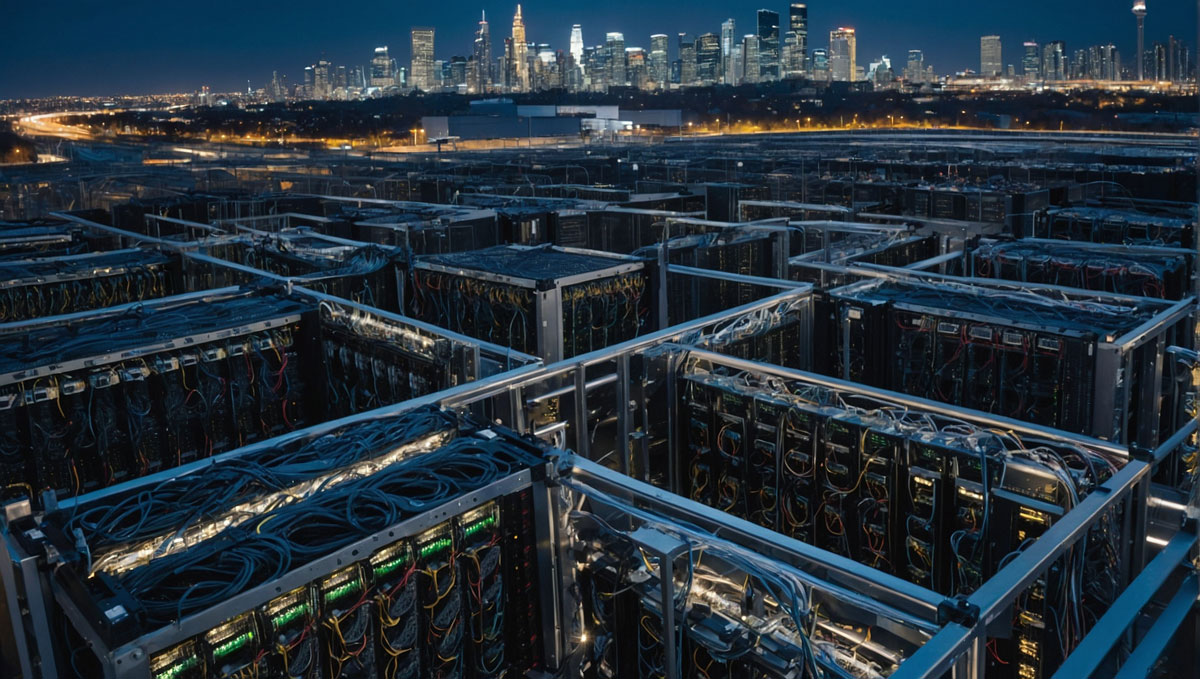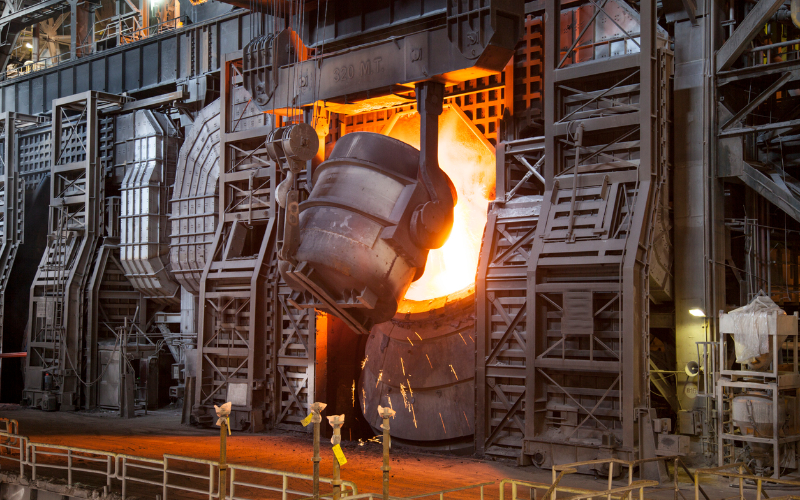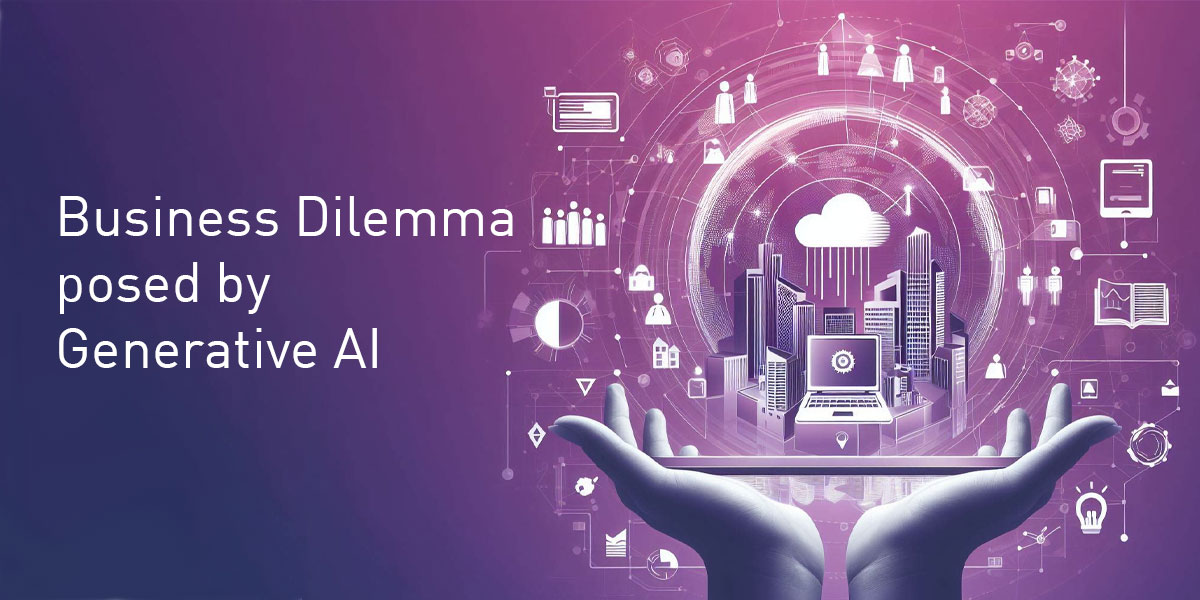Necessary cookies are absolutely essential for the website to function properly. These cookies ensure basic functionalities and security features of the website, anonymously.

Exploring the Paradox of Sustainable AI
Artificial intelligence (AI) has emerged as both a beacon of hope and a point of contention within the sustainability discussion. This deep dive into AI's environmental footprint and its capacity for driving sustainable development aims to discuss the relationship between technology and ecology. We will explore the multi-dimensional role of AI in sustainability, highlighting detailed case studies that showcase AI's impact and potential for fostering a greener future.
Unpacking AI's Environmental Dilemma
AI stands at the crossroads of innovation and sustainability, offering cutting-edge solutions to some of the planet's most pressing environmental challenges while simultaneously contributing to those very issues through its energy-intensive nature. The paradoxical relationship between AI and sustainability underscores the need for a nuanced approach that champions both technological advancement and environmental awareness.

The Carbon Footprint of AI
The environmental impact of AI is significant, driven largely by the energy demands of training complex models and operating vast data centres. Training a single AI model can emit as much carbon dioxide as five average cars do in their lifetimes. With data centres projected to account for more than 6% of global electricity consumption by 2030, the sustainability of AI technologies is increasingly under scrutiny.
The iterative process of developing and refining AI models often involves significant computational experimentation, leading to repeated cycles of energy-intensive computations. This aspect of AI development, less visible to the public, contributes silently yet substantially to the overall environmental footprint of AI technologies. Furthermore, the push towards more advanced, capable AI systems drives the demand for increased computational power, perpetuating a cycle of energy consumption that challenges sustainability objectives.
Efforts to address these concerns include optimising AI algorithms for energy efficiency, developing more environmentally-friendly machine learning techniques and prioritising the use of green computing resources. Such initiatives are crucial for ensuring that the advancement of AI technologies aligns with broader environmental sustainability goals, striving to reduce the ecological impact while harnessing the transformative potential of AI.
Toward Sustainable AI Practices
The concept of "sustainability by design" in AI development offers a promising path forward. This approach advocates for the integration of sustainability principles right from the conceptual stages of AI technologies, similar to the well-established principles of privacy by design. By embedding sustainability into the DNA of AI systems, we can foster innovations that contribute positively to the environment without sacrificing their computational power or utility.

Implementing sustainability by design in AI development involves several strategic approaches that integrate environmental considerations at every stage of the AI lifecycle. This begins with the initial design phase, where developers and researchers prioritise energy-efficient algorithms that require less computational power for training and operation. For instance, selecting model architectures that can achieve similar levels of accuracy with fewer parameters or iterations can significantly reduce energy consumption.
Sustainability by design emphasises the use of environmentally -friendly data centres powered by renewable energy sources for both training and deploying AI models. By partnering with green data centres, AI companies can ensure that the electricity their servers consume contributes minimally to their carbon footprint. Another key aspect is the optimisation of data usage. Efficient data management strategies, such as pruning datasets to remove redundant information, can minimise the resources needed for processing and analysis. This not only streamlines the training process but also conserves energy.
Use Cases of Sustainable AI
The potential of AI to drive sustainability is not only theoretical; it is being realised across various sectors through innovative applications that demonstrate AI's capacity to contribute to a more sustainable world.
1. Revolutionising Steel Production with AI
A global steel producer leveraged AI to optimise its production processes, achieving a 3% reduction in carbon emissions and significant cost savings. This use-case exemplifies how AI can enhance operational efficiency and sustainability in one of the world's most energy-intensive industries. By integrating thousands of sensors and AI algorithms, the company was able to fine-tune its energy usage and waste production, setting a precedent for the broader industry's potential emissions reduction.

2. Transforming the Oil and Gas Sector
In the traditionally high-emission oil and gas sector, a European company harnessed AI to address production inefficiencies and reduce its carbon footprint. Through the implementation of machine learning-based predictive systems, the company saw a 1% to 1.5% decrease in carbon emissions, translating to thousands of tons of greenhouse gases saved annually. This initiative not only underscores AI's role in enhancing environmental sustainability but also highlights its financial benefits, with cost reductions in the millions.
3. Enhancing Building Efficiency Through AI
BrainBox AI's collaboration with Amazon Web Services (AWS) showcases the transformative potential of AI in the real estate sector. By applying AI to building management, BrainBox AI achieved up to a 40% reduction in HVAC-related emissions and a 25% decrease in energy costs, demonstrating the significant environmental and economic benefits of smart, AI-driven solutions. The scalability of this technology, facilitated by AWS's global infrastructure, illustrates the widespread applicability of AI for sustainable building management.

4. Advancing Flood Forecasting for Disaster Preparedness
Google's AI-driven flood forecasting initiative represents a critical application of AI in enhancing community resilience to climate change. By partnering with humanitarian organisations in Africa and India, Google has utilised AI to provide early warnings for natural disasters, significantly aiding in disaster preparedness and response efforts. This case highlights the powerful role of AI in mitigating the human and economic impacts of climate-induced disasters, offering a lifeline to vulnerable communities worldwide.

Looking Ahead: Questions and Considerations
The journey toward sustainable AI raises important questions about the future. How can we further leverage AI to address environmental challenges? What frameworks and policies are necessary to ensure that AI's development aligns with sustainability goals? And, importantly, how do we strike a balance between the rapid advancement of AI technologies and the imperative to preserve our natural environment?
The relevance of the doomsday clock in this context cannot be overstated. As a symbol of humanity's proximity to global catastrophe, it serves as a stark reminder of the urgency of our sustainability efforts. AI has the potential to either exacerbate our environmental challenges or play a pivotal role in averting them, depending on how we choose to develop and deploy these technologies.
In conclusion, the path to sustainable AI is full of challenges but also ripe with opportunities. By fostering thoughtful dialogue and innovative solutions, we can harness AI's potential to benefit the planet. As we continue to navigate the complexities of AI and sustainability, we should commit to a future where technology and nature coexist symbiotically, paving the way for a more sustainable world.






